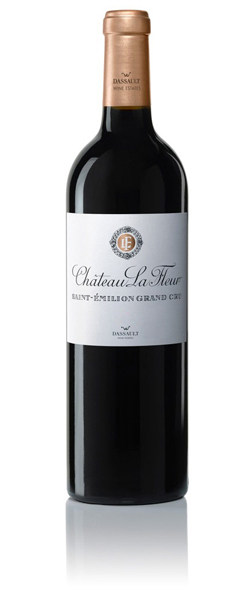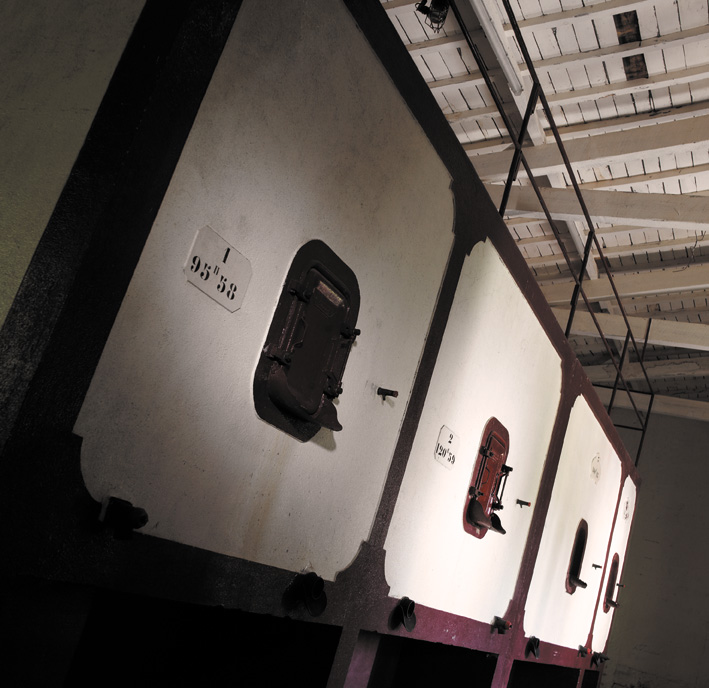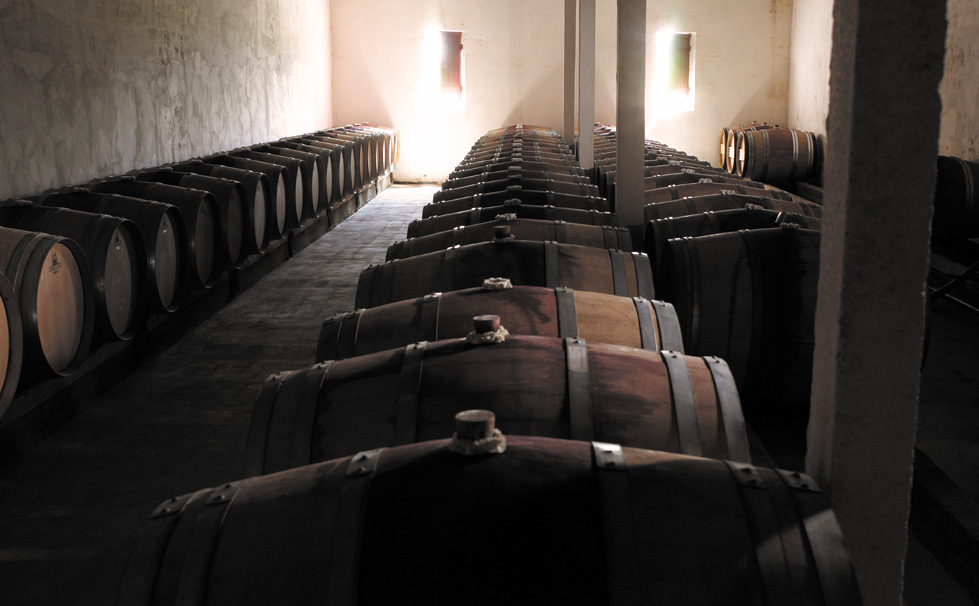A double requirement
All the vineyard work, carried out with care throughout the year, is thought out and well-reasoned according to the potential of the vintage and the different plots. These efforts contribute to obtaining optimum and healthy ripeness in the grapes; the essential guarantee in the creation of great wines that are respectful of their terroir.
COMPLETE RIPENESS
The maturity of the flesh of the grape is not enough; for our vineyards we look for complete phenolic ripeness all the way from the skin of the grape to the pip. Like this, the maximum can be drawn from the terroir, allowing it to express itself. It is an essential and permanent quest.
Tasting the berries, plot by plot, helps to fix the date of the harvest. A first careful, manual selection is performed by the pickers in the vineyard. Then the harvest is taken to the cellar in small crates.
A PERFECT SELECTION
In 2009, Château Dassault was one of the first properties to make use of an optical sorting table.
This innovative investment allows us to determine the quality of berries we accept in an extremely precise way.
It also allows us to work very quickly, which means that we can take all necessary risks in order to fix the harvest date and pick at optimum ripeness.



